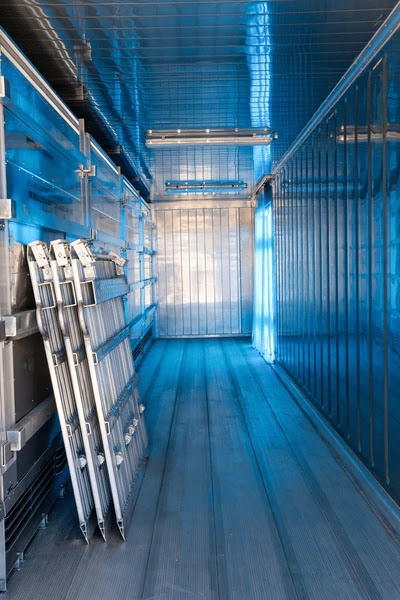How Blast Chilling Helps You Save Food and Cut Waste
Wasted food drains budgets and hurts margins at every step. Blast chilling stops spoilage by cooling hot food fast and safely. This process locks in freshness and cuts waste. The next sections cover risks with slow cooling, real data on rapid chill, three clear steps with a simple analogy, and common traps to avoid.
Food Storage Risk When Relying on Slow Cooling Units
Hot dishes left in a standard fridge cool too slowly. Bacteria grow fast at room temperature. That growth spoils food within hours. A typical walk‑in unit can take up to four hours to chill large trays. During that time, product safety falls below legal limits. Staff may discard items to meet rules. That loss cuts profit. A standard blast freezer can chill faster than a walk‑in fridge but still struggles with full loads. Relying on slow or undersized units raises waste and risk. Clear speed matters when safety and cost count.
Quantitative Data on Rapid Temperature Drop Benefits
Rapid chill drops a dish’s core temperature below 3°C in under 90 minutes. Food safety agencies say that pace stops most bacteria. Trials show spoilage rates can fall by 70 per cent with fast cooling. The texture stays firm. Salad leaves keep crisp edges. Meat roasts keep moisture and weight. Ingredients hold colour and taste. Investing in a commercial blast chiller yields clear gains in yield and quality. A meat packer reported a 15 per cent rise in saleable stock in one month of use. Quick data like this builds a strong case for fast-chill solutions.
Three Practical Steps to Achieve Fast and Safe Blast Cooling
Rapid chilling is like serving hot noodles at a busy market. Delay drives away customers. Clear steps make the process simple. Follow these steps to cut waste and meet safety rules.
Match load size to unit power. Assess daily load to match capacity. Big batches need strong output. Overload slows cooling and causes spoilage.
Choose a model that fits the workflow and shows core readouts. Use alarms to catch errors. A blast cooling system with a live temp display stops guesswork.
Set a daily check and cleaning routine. Keep a log to track maintenance. Dirty coils or seals harm performance. Replace worn parts. Train staff to log tasks and watch alarms.
Simple checks keep units ready and ensure fast and safe chills each time. That routine protects quality, cost and compliance.
Frequent Errors When Selecting Low-Cost Refrigeration Units
Choosing the cheapest machine can backfire. Low‑end models often miss target temperatures. That failure forces extra checks and discards. Skipping a service plan cuts budgets today but raises repair bills tomorrow. Overlooking training leaves staff unsure of how to load machines or set cycles. Underestimating required capacity leads to overload. Guessing cycle times invites error. Failing to check seals or gaskets causes leaks. Installing units without proper airflow testing cuts output. Those mistakes create more waste than any savings. Clear specs and support plans prevent waste and downtime.
Effective Cooling Practices That Protect Food and Profit
The fast blast chilling saves stock and guards profit. It halts bacteria, keeps texture, cuts waste and lowers operational costs. Healthy products build trust with both customers and staff. Adopt rapid chill to protect both product quality and margins.



Comments
Post a Comment